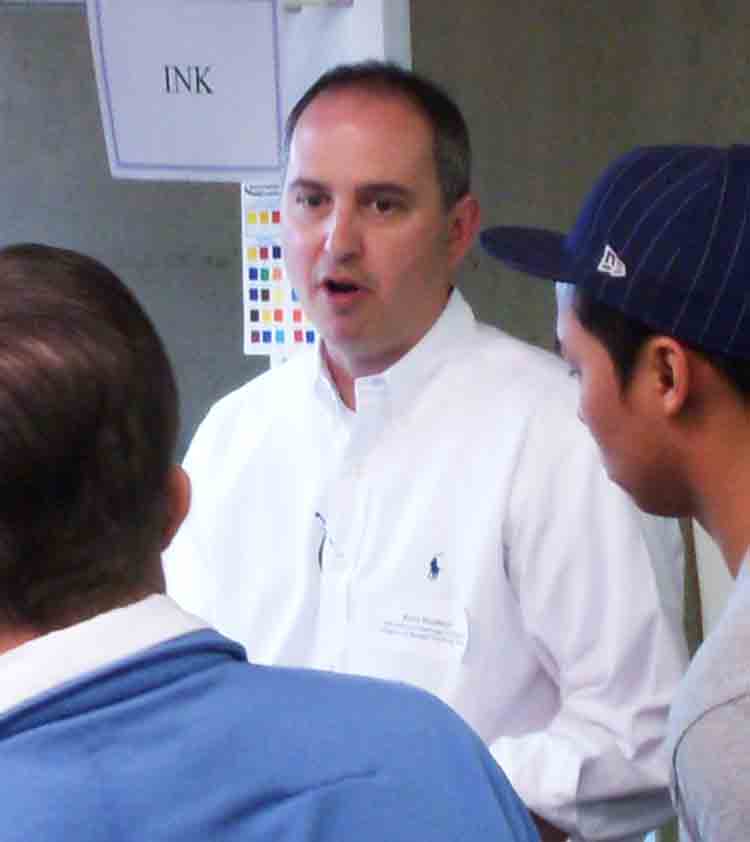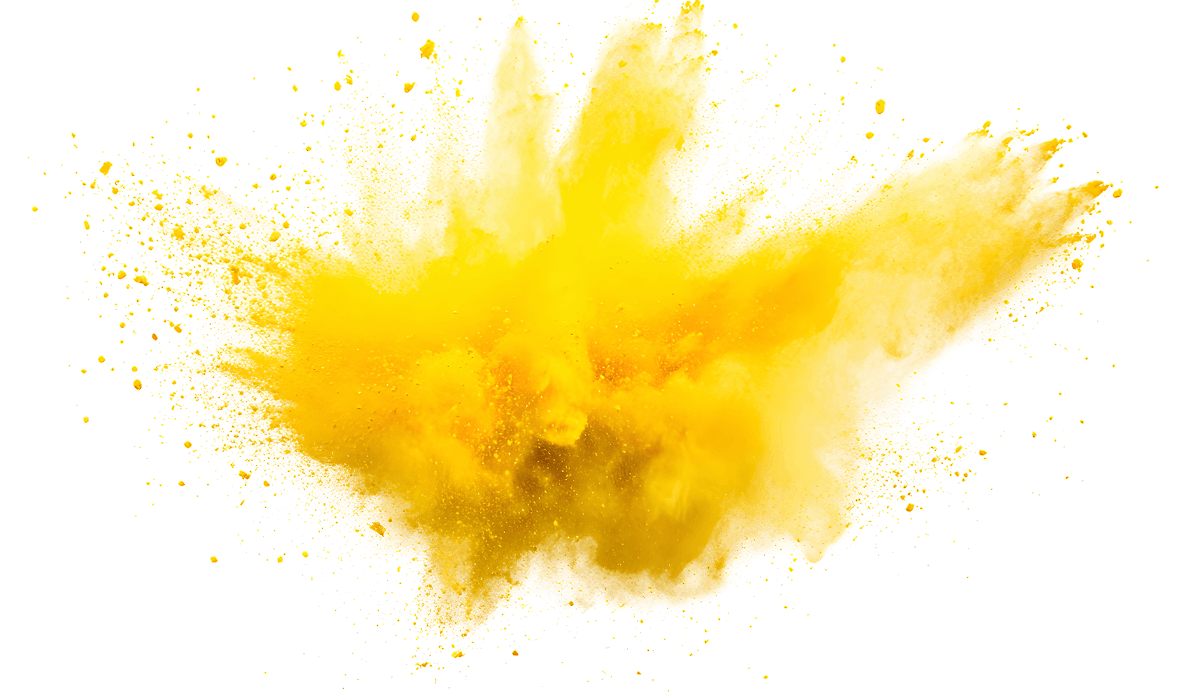We asked our National Sales Manager, Kent Hudson, to go into depth on a topic we continuously receive questions on, namely that of curing Plastisol inks. Specifically, we receive many inquiries as to how to correctly cure white inks. Here is Kent’s explanation:
“One frequent technical question I receive is “Why am I having problems curing white ink”. To help solve this question, I first need to have a few questions answered that will help me to pinpoint the solution:
- Number one: what type of dryer are you using and how long is the heat chamber? Also, how long is the printed garment in the heat chamber?
- Next, what mesh count do you normally use when printing white and do you double print or use a print flash print technique to improve coverage?
- Are there other inks printed on the same garment that seem to be fully cured and what mesh counts do you normally use for these inks?
- What type of fabric are you printing on?
- And lastly, which white ink do you use?

